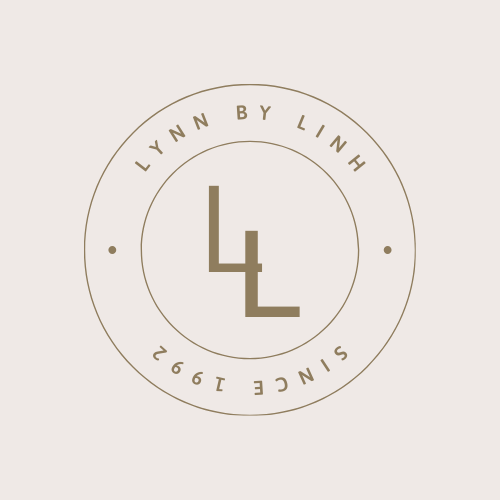“Equity, diversity, and inclusion (EDI) is a conceptual framework that promotes the fair treatment and full participation of all people.”
In recent years, I’ve encountered this term through various channels, including workshops and training sessions at my organization. Just yesterday, the concept of “inclusion” took center stage in one of our regional events – Culture Day.


The facilitator for the inclusion workshop began with a simple yet profound question: what does “inclusion” mean to you? Many words were shared, and the final one mentioned was “diversity.” To me, these are different words, yet deeply connected. But how?
As we discussed in pairs and groups, I began to visualize my own understanding of diversity and inclusion. In my drawing, each person was represented by a different symbol—stars, flowers, dots, triangles—showing our diversity. Inclusion was depicted by the lines connecting these symbols, illustrating how we come together. I later added this drawing to our event’s stone wall.
Back home, I tried to draw something more completed, but I keep both on my blog :”>


This experience brought back memories of a workshop I attended months ago, “Leading with Inclusive Behaviors,” and reflections from my recent readings. We all have multifaceted identities shaped by our education, talents, personalities, ages, ethnicities, genders, and more.
How can we see people as whole beings, not just fragments of their identities? The answer lies in intersectionality, which acknowledges that different dimensions of identity can overlap, leading to compounded discrimination. We often fail to see our own biases but recognizing them is the first step towards change.
I’ve realized I feel more comfortable around people who are similar to me. However, this preference can blind me to the richness diversity brings to a team. This “similarity bias” keeps us from appreciating the beauty of our differences.
There are other types of biases, too:
- Expedience bias: Preferring to act quickly rather than taking time.
- Experience bias: Assuming our perception is the objective truth.
- Distance bias: Favoring what’s closer over what’s farther away.
- Safety bias: Protecting against loss more than seeking gain.
***
During Culture Days, at the end of the inclusion workshop, a senior manager’s comment prompted deep reflection. To be included, I must also include myself. If I approach others with a closed heart, connection becomes difficult.
That reminds me of a story years ago, I had excluded myself from a group of young colleagues on a trip because I had a toddler while others are not yet, and still very enjoying the single life. Then I assumed our differences were too big so I could not join their conversation during the trip.
Another day, at a perfume workshop, a little girl came with her mom but didn’t have a seat. We made space for her next to her mom, even though she wasn’t participating. This small gesture ensured she felt included, a reminder of how simple acts can make a big difference.
***
The facilitators concluded with nine behaviors that drive inclusion:
- Show curiosity
- Foster emotional intelligence (EO)
- Lead with courage
- Create psychological safety
- Promote diversity
- Address bias
- Ensure fairness
- Expand cultural competence
- Be an ally
A Deloitte survey revealed that 71% of respondents preferred organizations where leadership consistently demonstrated inclusive behaviors over those that merely offered numerous inclusion initiatives.
The key is behavior: we must act according to our words.
This responsibility extends beyond leaders to all of us. By embodying inclusive behaviors in our work and daily lives, we can create spaces where everyone can be their true selves and feel a sense of belonging.
In the words of Audre Lorde: “It is not our differences that divide us. It is our inability to recognize, accept, and celebrate those differences.”





Leave a comment